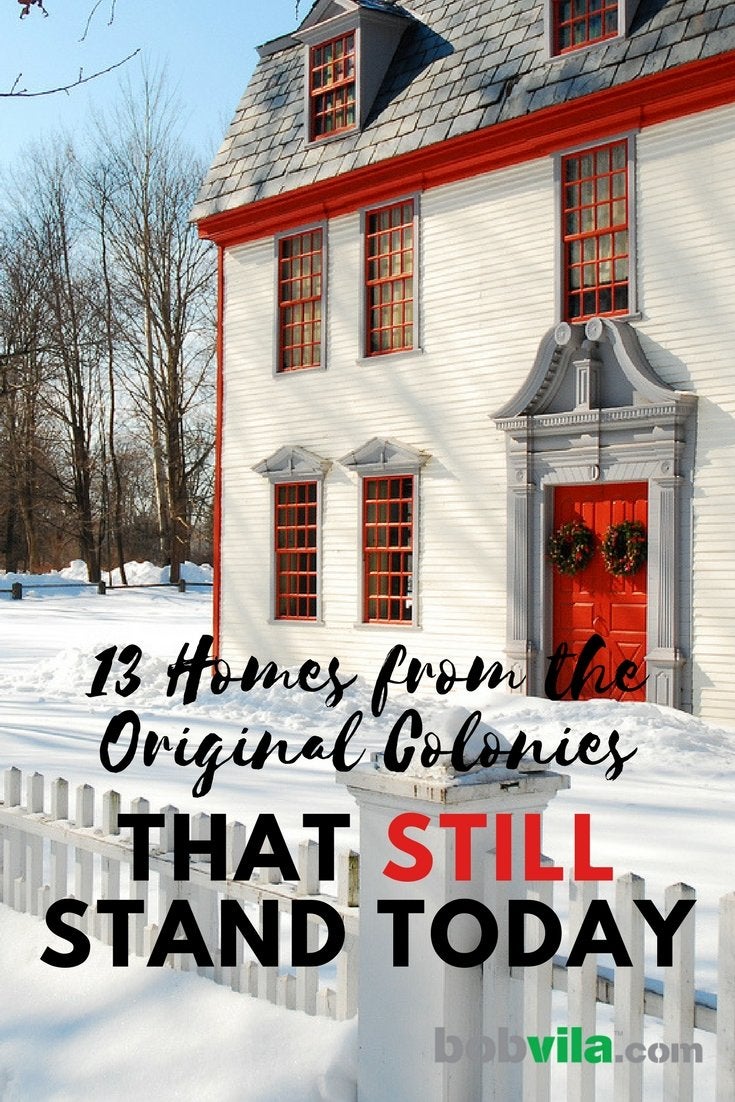We may earn revenue from the products available on this page and participate in affiliate programs. Learn More ›
Thomas Nelson House (Yorktown, Virginia)
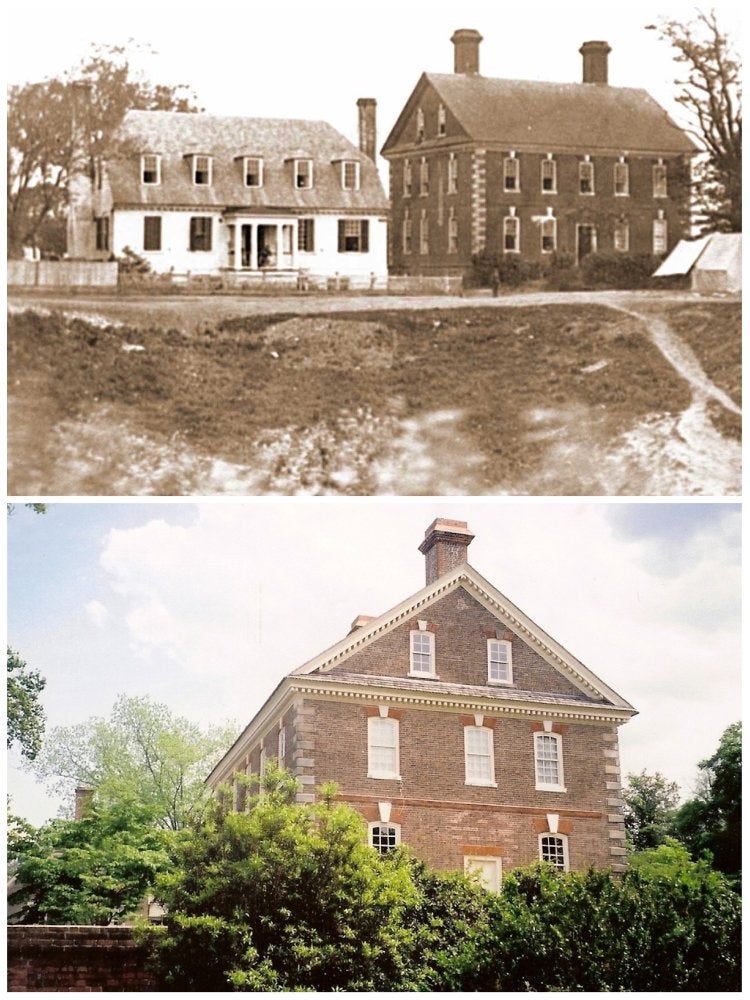
Wikimedia Commons via Ken Lund and flickr.com via Snapshots of the Past
The Nelson House in Yorktown, Virginia, built in 1730, was once occupied by Thomas Nelson, Jr., a soldier in the Revolutionary War who became quite the statesman. He was one of the signers of the Declaration of Independence, he represented Virginia in the Continental Congress, and also served as the governor of the state. Now a National Historic Landmark, the house is a classic example of Georgian architecture, with a stately brick exterior, symmetrical appearance, and decorative molding under the eaves of the roof.
Related: The Most Famous House in Every State
Josiah Dwight House (Deerfield, Massachusetts)
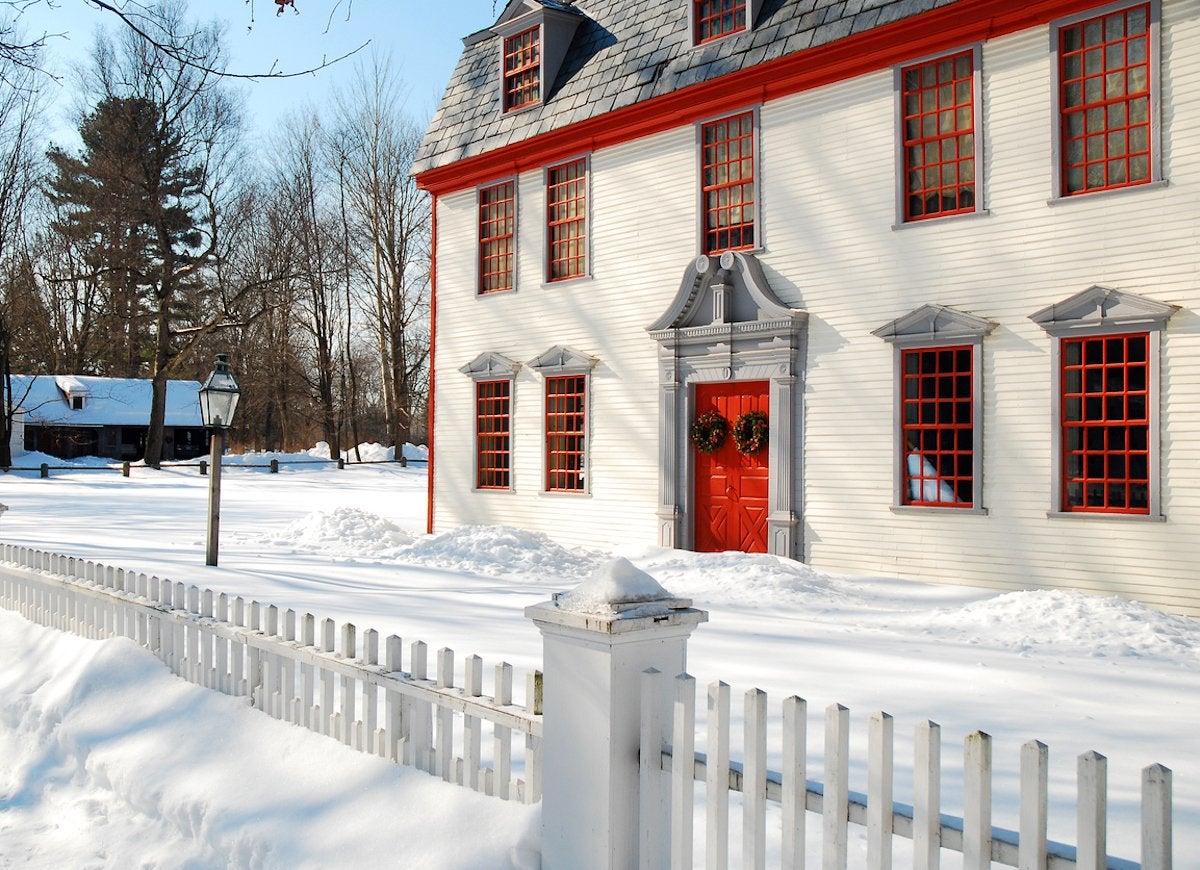
The Josiah Dwight House, built around 1725, features striking architectural elements, such as window, door, and dormer pediments as well as a brightly colored facade. Once used as a rooming house, the home originally stood in Springfield, Massachusetts, but was later moved to Deerfield after the structure was threatened with demolition. The restored home now serves as a museum that offers demonstrations of colonial-era trades like weaving and woodworking.
Richard Jackson House (Portsmouth, New Hampshire)
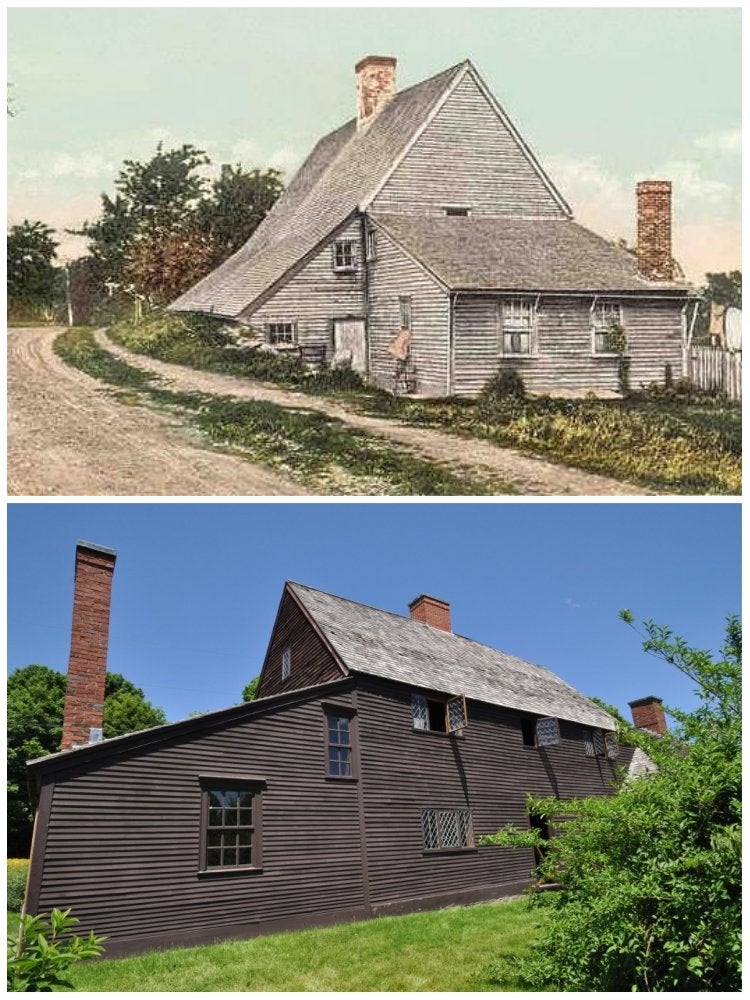
Wikimedia Commons via MagicPiano
The Richard Jackson House in Portsmouth, New Hampshire, is the oldest surviving wooden house in the state and has been designated a National Historic Landmark. Richard Jackson, a woodworker, farmer, and mariner, built the home in an English post-Medieval style in 1664, but with lavish use of wood that included vertical planks that frame the structure.
Related: Weird or Wonderful? 22 Homes That Are Anything But Ordinary
William Brown House (Edgewater, Maryland)
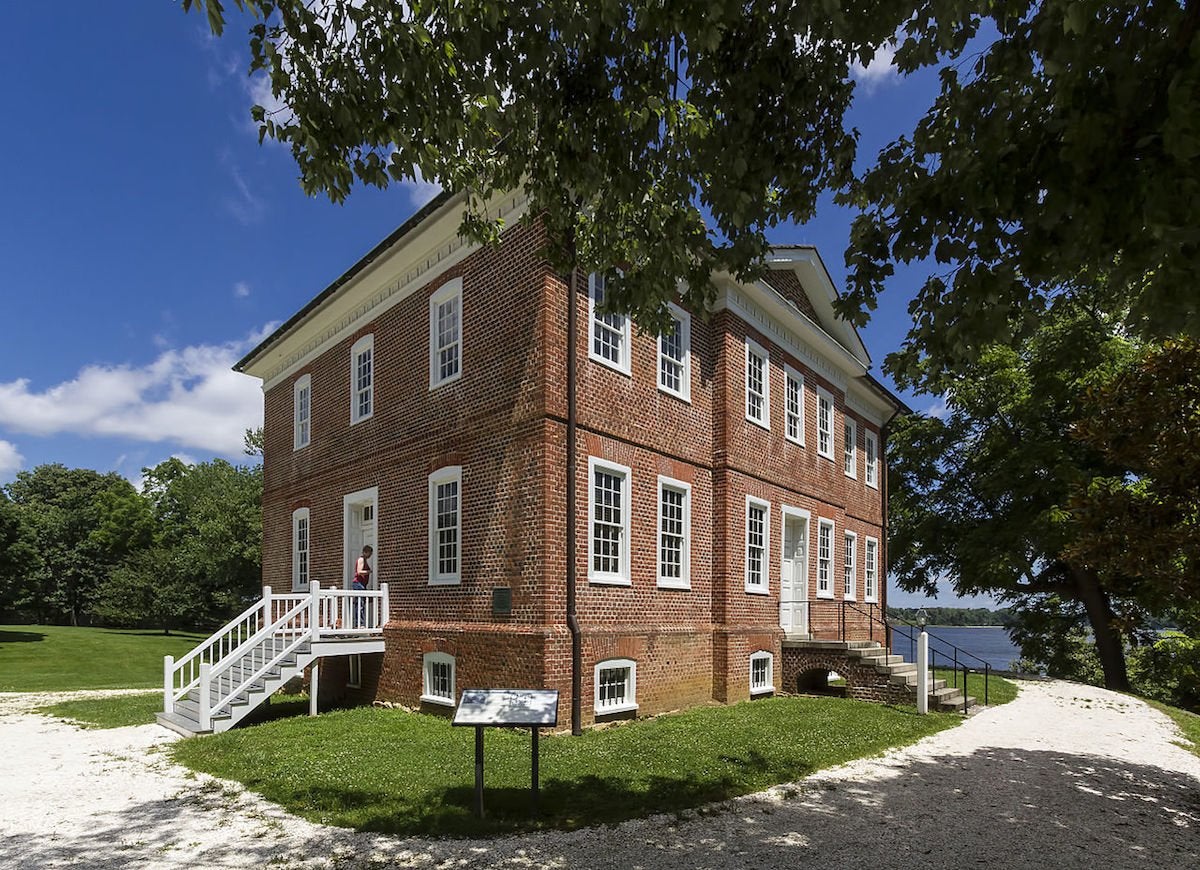
Wikimedia Commons via Acroterian
Built in 1760, the London Town Publik House in Edgewater, Maryland—also known as the William Brown House—was a colonial-era inn conveniently located on the main road that connected Williamsburg, Virginia, to Philadelphia. Travelers rested their weary heads (and likely enjoyed many an ale by candlelight) under the roof of this striking two-story brick Georgian.
Related: The Best Tiny Town in Every State
Henry Whitfield House (Guilford, Connecticut)
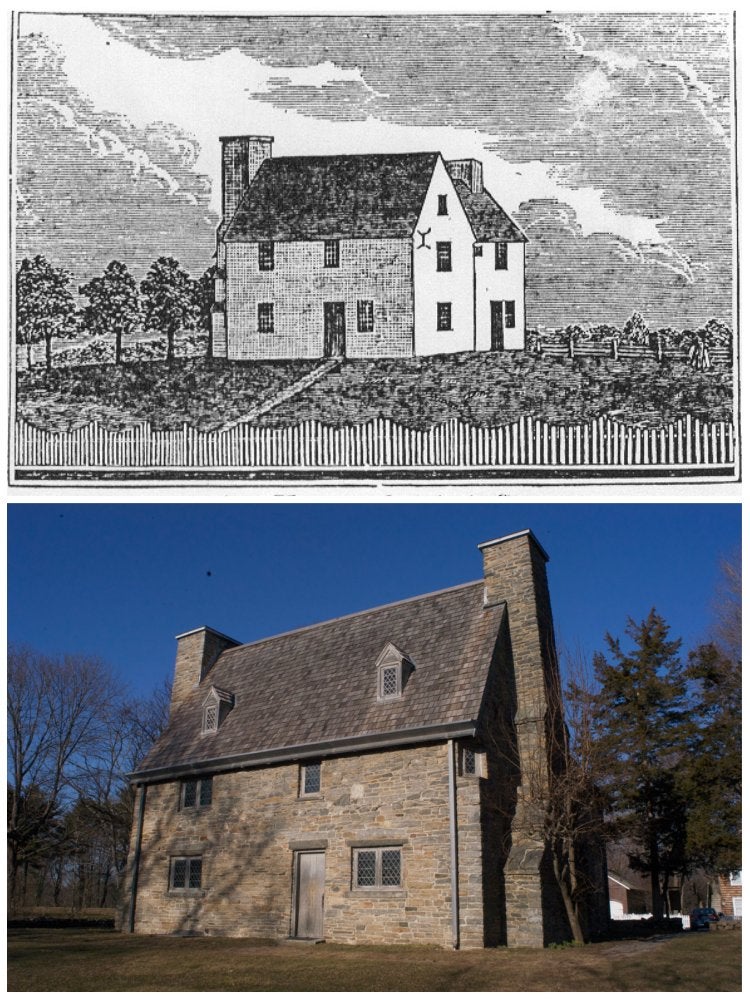
Wikimedia Commons via Dmadeo
The Henry Whitfield House is not only the oldest home in Connecticut, but it is also the oldest stone house in all of New England. Built in Guilford in 1639, the house has thick stone walls that made it an ideal fort for the community as well as a sturdy abode for Henry Whitfield, his wife Dorothy, and their nine children.
Clemence-Irons House (Johnston, Rhode Island)
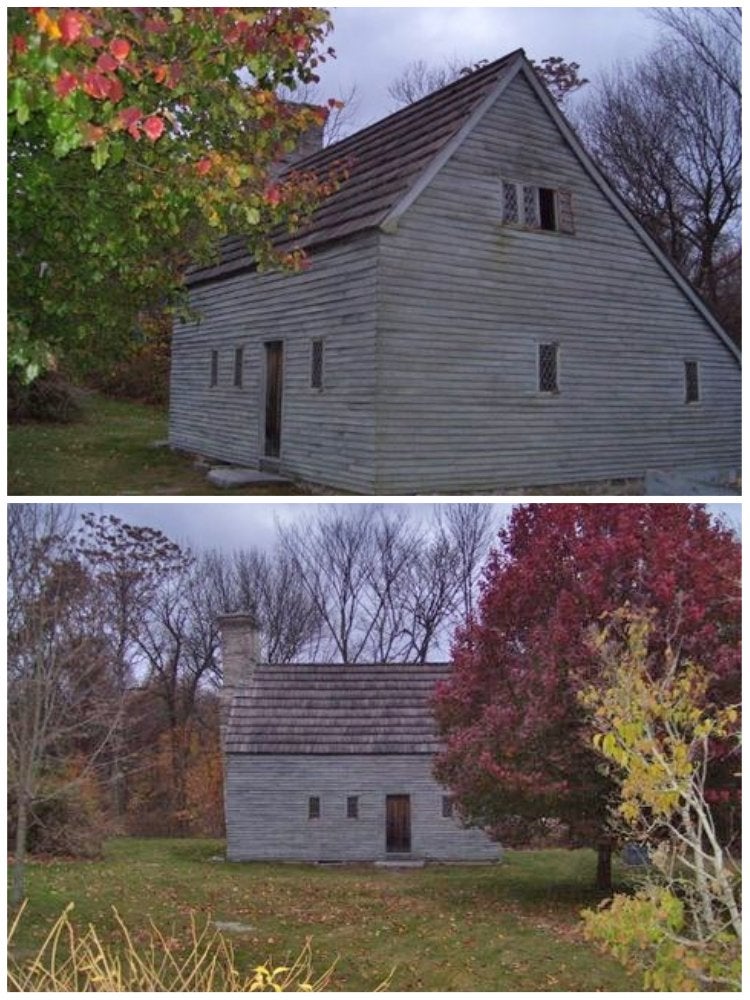
Wikimedia Commons via Swampyank
Built in 1691, the Clemence-Irons House is one of America’s last surviving “stone-ender” buildings—a style of home that colonists brought with them from western England. This quaint stone home has changed ownership many times over the years but is now safely in the hands of Historic New England, a preservation group that celebrates the heritage of the region.
Amstel House (New Castle, Delaware)
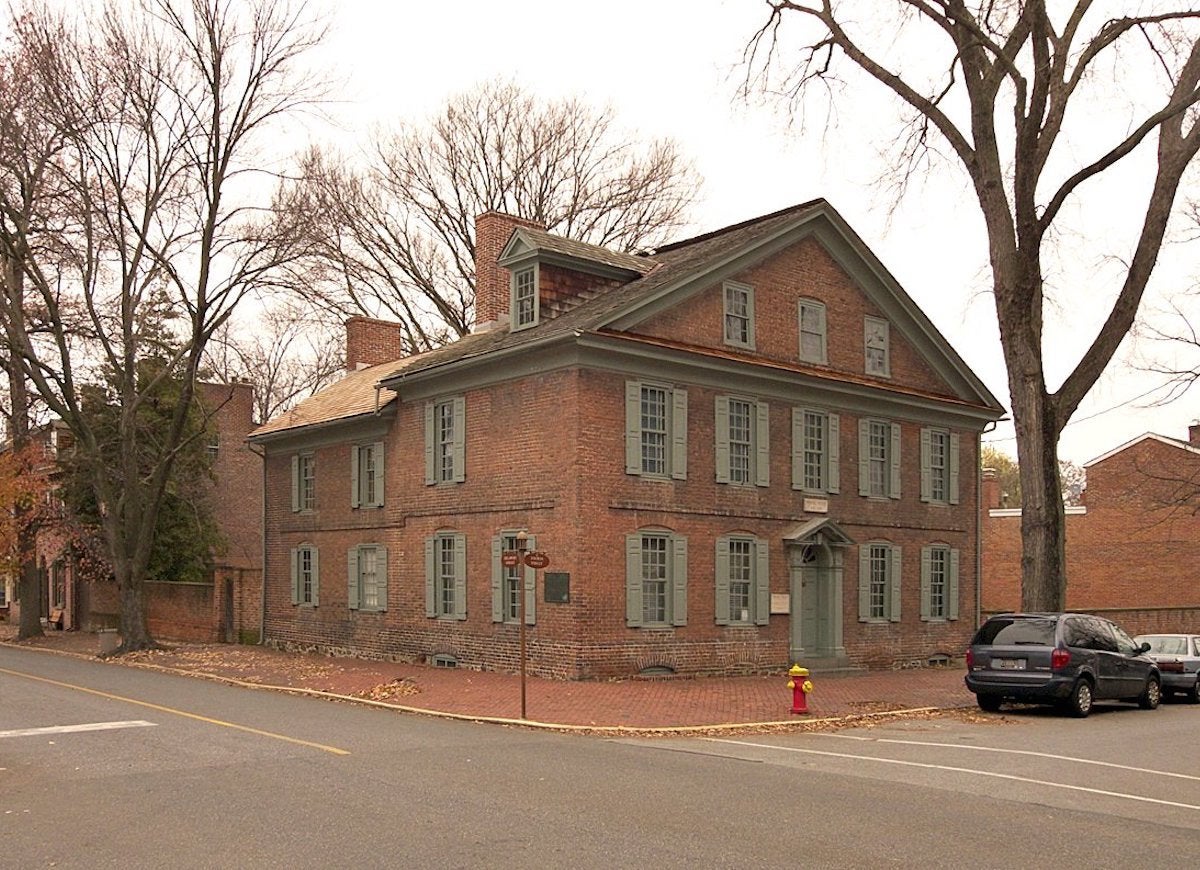
flickr.com via chrisstorb
George Washington once attended a wedding in the parlor of the Georgian-style Amstel House. The oldest of the large townhouses in New Castle, the home was built in 1730 by the wealthy landowner Dr. John Finney and features the first central hallway and fanlight in town as well as other notable architectural features, including a five-bay, gable-end facade.
House in the Horseshoe (Carthage, North Carolina)
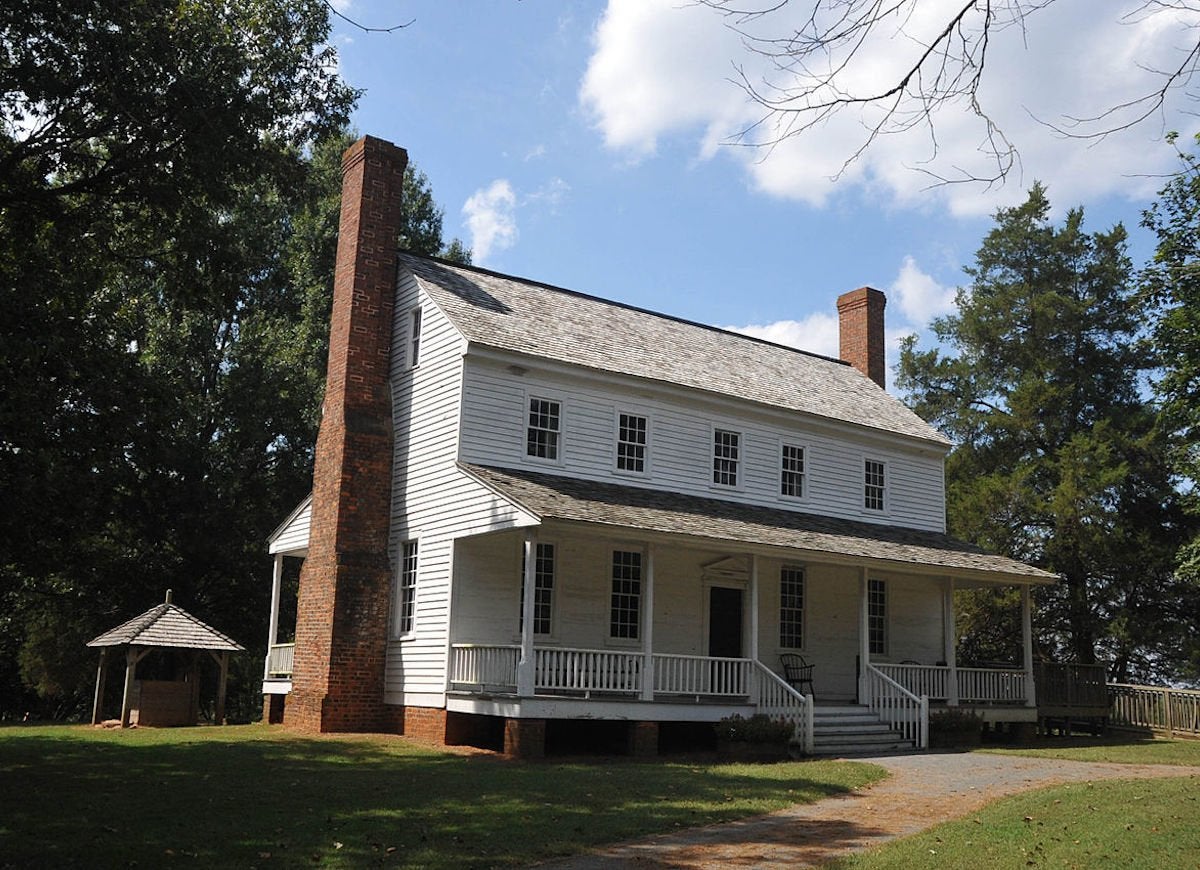
Wikimedia Commons via Jerrye and Roy Klotz, MD
During the Revolutionary War, the Alston House was the site of a dramatic encounter between British loyalists and the family of Philip Alston, which ended with Alston surrendering and his wife negotiating the terms. The traditional plantation home, which was built in 1769, now hosts spirited historical reenactments.
Drayton Hall (Charleston, South Carolina)
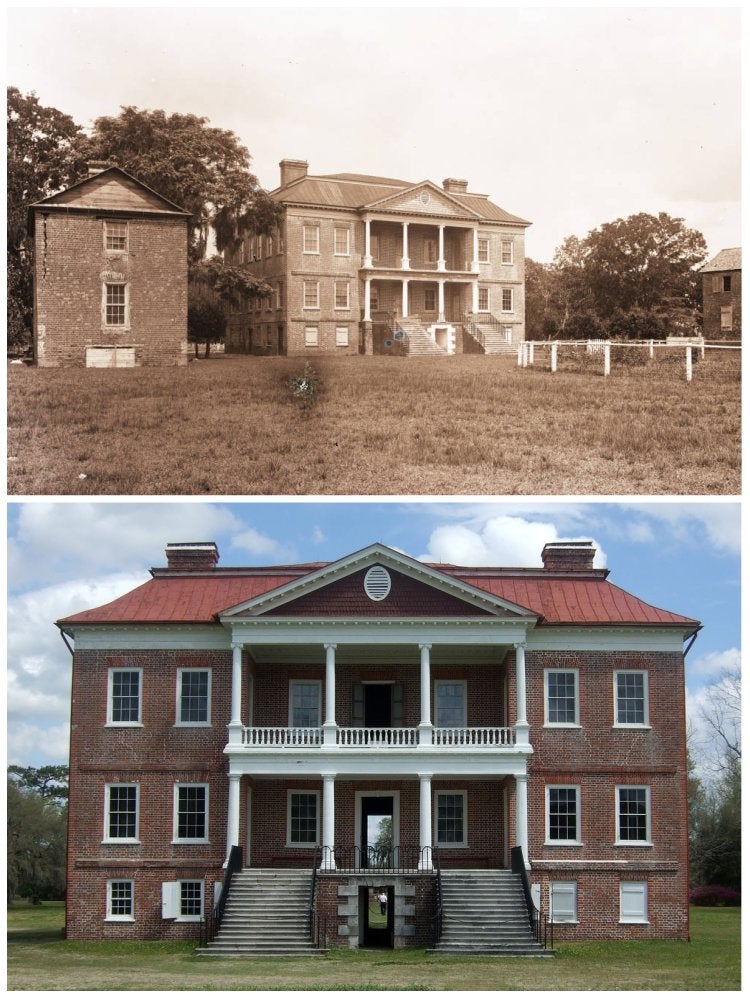
Wikimedia Commons via Goingstuckey
Located near downtown Charleston, Drayton Hall was built in 1738 for Dr. John Drayton and is the only plantation home on the Ashley River that survived both the Revolutionary War and the Civil War. Built in classical Palladian style, the home was a working plantation in the 18th and 19th centuries and now operates as a museum of architecture and African-American history.
Pursley's Ferry House (Milford, New Jersey)
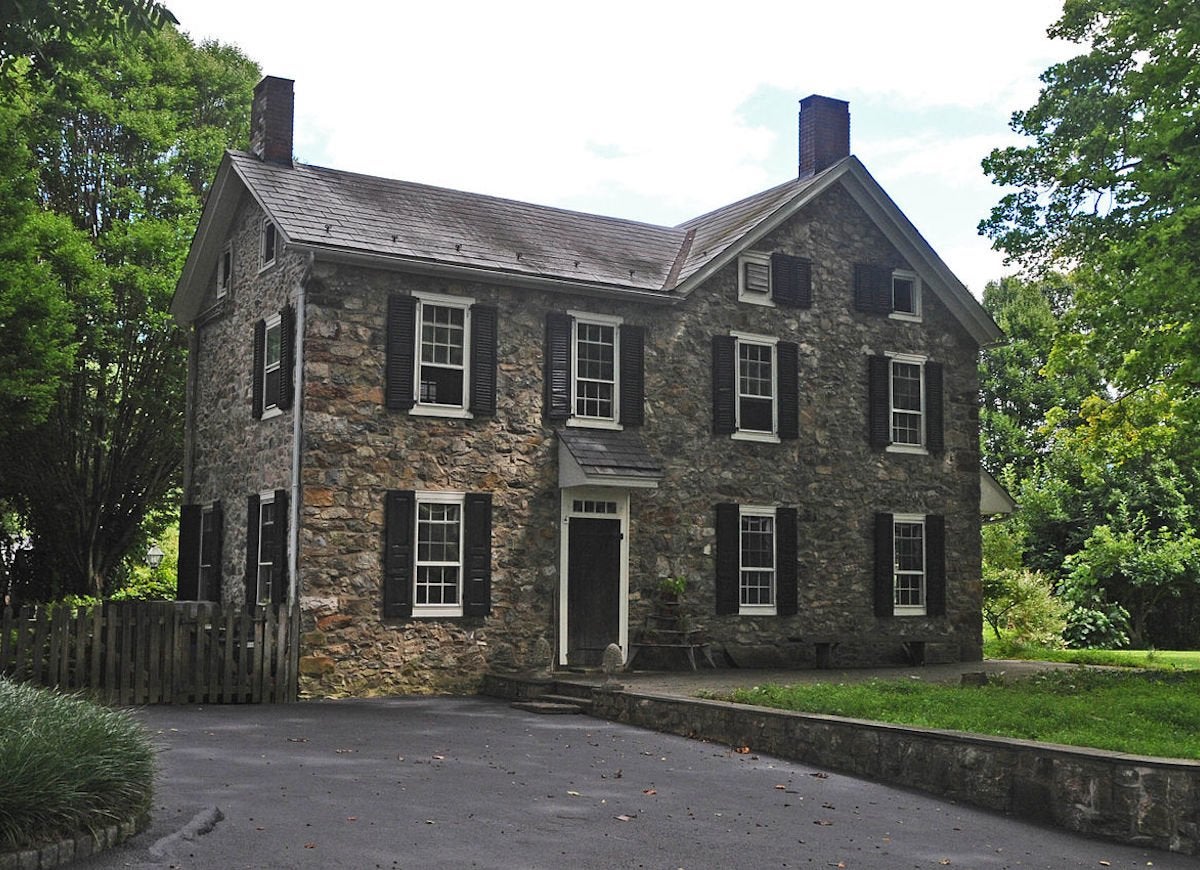
Wikimedia Commons via Jerrye and Roy Klotz, MD
Pursley’s Ferry House originally served as a ferry stop for shipments of iron ore down the Delaware River and was later converted for use as an inn and tavern. Constructed around 1750, this trim stone farmhouse with impressive views of the river has since been fully remodeled and is now a private residence.
Cornelis Kool House (Hurley, New York)
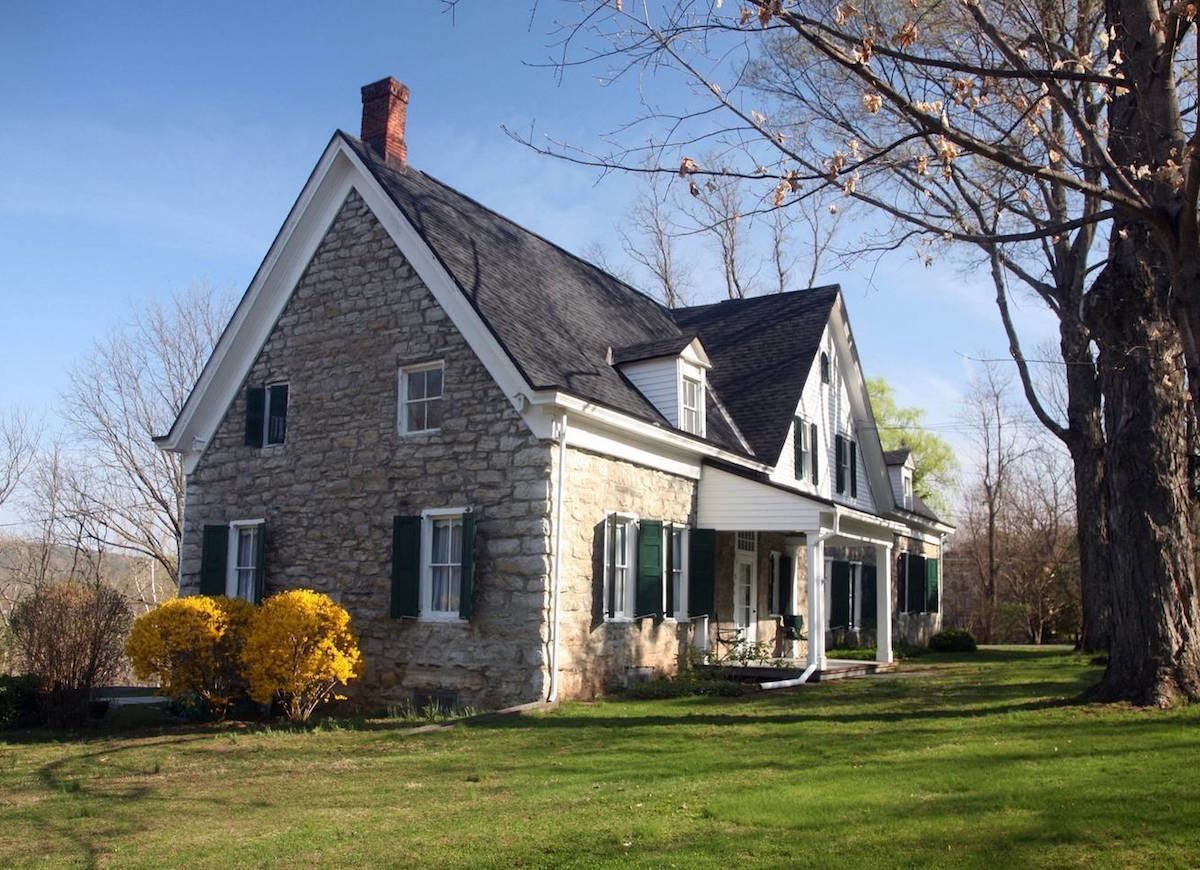
Nestled in the Hudson Valley, the Cornelis Kool house was constructed sometime around 1710 and incorporates features of Dutch vernacular architecture like fieldstone walls, large beams, and wide-plank floors. If you’d like a closer look at these elements, you’re in luck! The house is the oldest in the state that’s open to the public for overnight stays, and it’s even listed on Airbnb!
Henry Antes House (Upper Frederick Township Montgomery County, Pennsylvania)
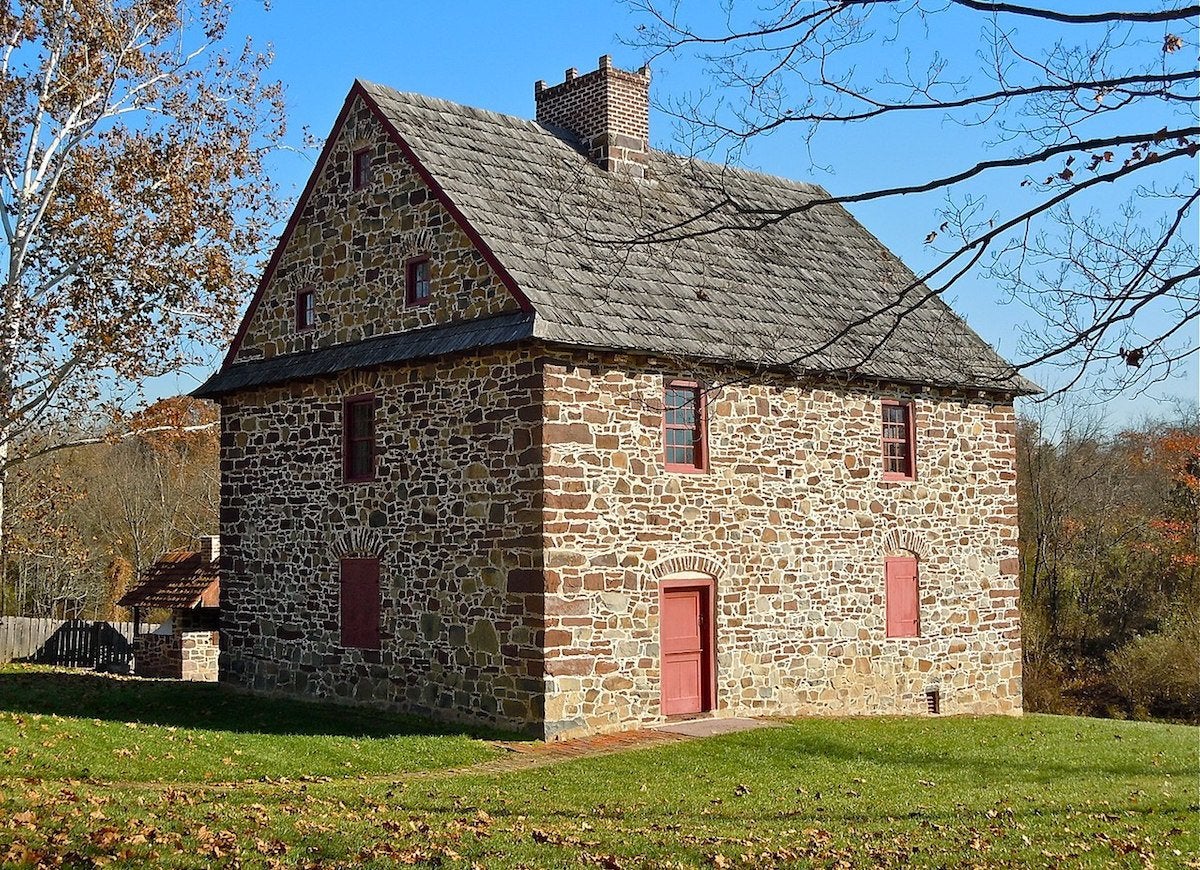
Wikimedia Commons via Smallbones
The Henry Antes House was built in the traditional Moravian style in 1736 by local political and religious leader Henry Antes. The rubble-stone home has a storied past: It served as George Washington’s headquarters when the British were trying to gain control of Philadelphia during the Revolutionary War.
Meadow Garden (Augusta, Georgia)
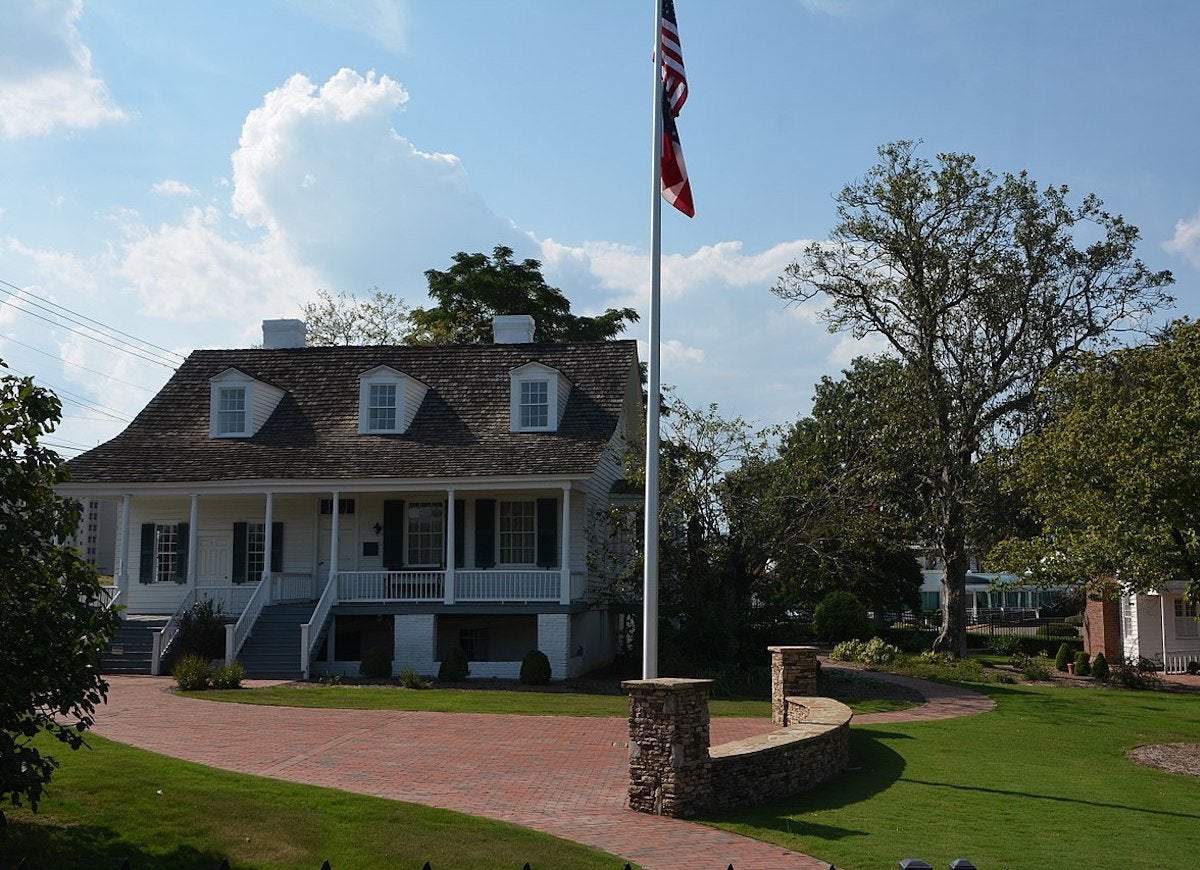
Wikimedia Commons via Bubba73
Meadow Garden, a Federal-style home built in 1791, was once inhabited by George Walton, who at 26 years old was the youngest signer of the Declaration of Independence. Aptly named for the large meadow surrounding it, Meadow Garden was the Walton family home while George Walton was working as a U.S. senator.

Everything You Need for a Lush and Healthy Lawn
Keeping your grass green and your plants thriving doesn’t just take a green thumb—it starts with the right tools and supplies.

